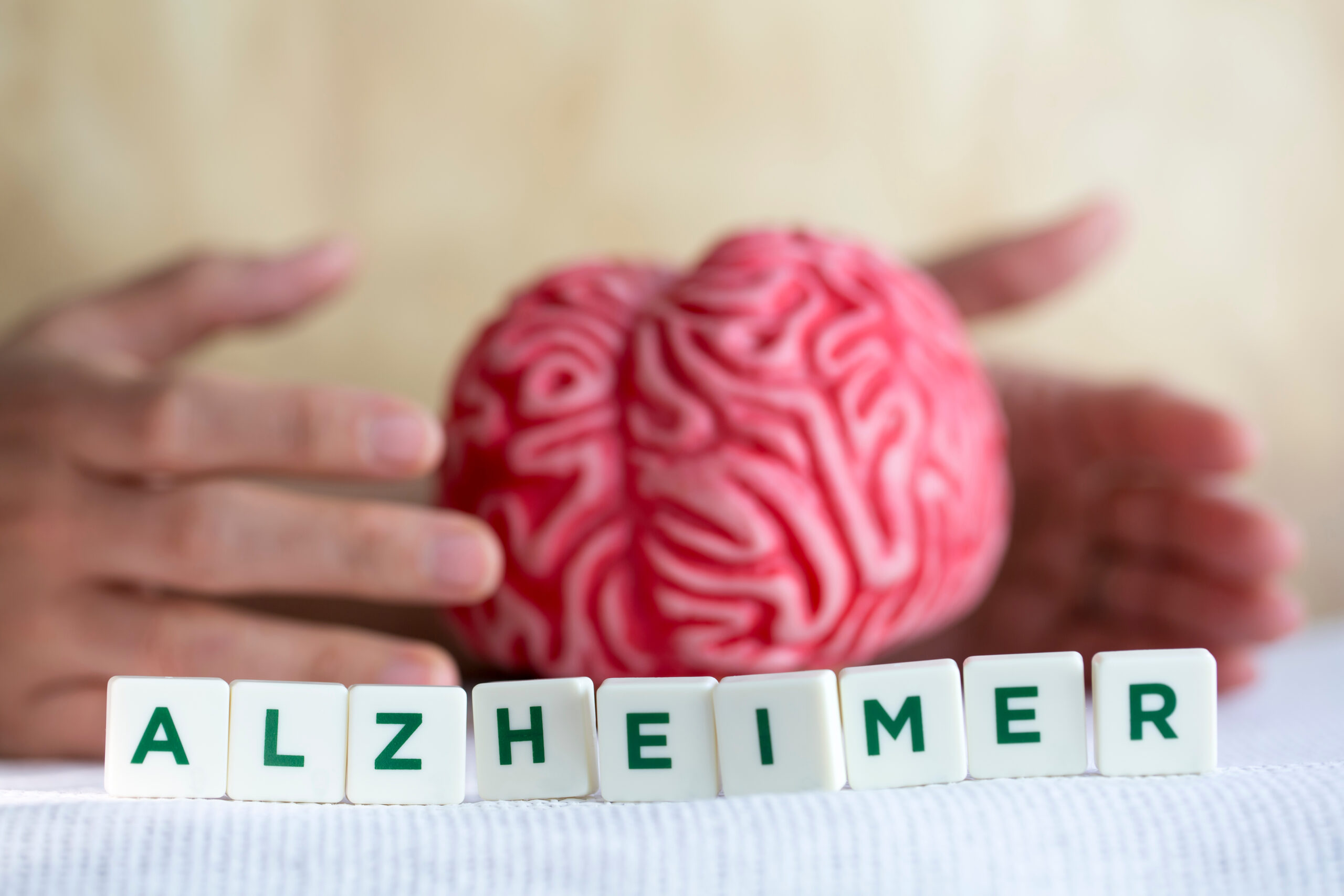What Are the Best Ways to Manage Sleep Problems in People with PTSD?
Living with PTSD often means struggling with sleep. Nightmares, anxiety, and a racing mind can make falling asleep or staying asleep feel impossible. But good sleep is essential for healing and daily functioning. So, what are the best ways to manage these sleep problems when you have PTSD?
**Create a Safe and Calm Sleep Environment**
Your bedroom should feel like a sanctuary—a place where your body and mind can relax. This means keeping it quiet, dark, and cool. Removing distractions like phones or TVs helps because the blue light from screens interferes with melatonin production, the hormone that signals your body it’s time to sleep[1].
**Establish a Gentle Nighttime Routine**
Turning off screens at least 30 to 60 minutes before bed is key[1]. Instead of scrolling social media or watching TV, try calming activities such as reading a book or listening to soothing music.
Practicing “safe place” visualizations can also help calm your mind. Guided meditations that lead you through imagining a peaceful mental space where you feel secure may reduce anxiety before bedtime[1].
**Stick to Regular Sleep Schedules**
Going to bed and waking up at the same time every day helps regulate your body’s internal clock. This consistency makes it easier for your brain to know when it’s time to wind down[3].
**Use Relaxation Techniques**
Techniques like deep breathing exercises, progressive muscle relaxation, or mindfulness meditation can lower stress levels that keep you awake[3]. These practices help quiet the hypervigilance common in PTSD.
**Exercise During the Day**
Regular physical activity improves overall sleep quality by reducing stress hormones and promoting deeper rest at night—but avoid vigorous exercise close to bedtime as it might energize rather than relax you[3].
**Consider Temperature Control for Comfort**
Some people with PTSD find their bodies overheat during sleep due to heightened arousal states. Using cooling bedding systems (like specialized mattress pads) may improve comfort and promote better rest[3].
**Seek Professional Help When Needed**
Therapies focused on trauma—such as cognitive-behavioral therapy (CBT) tailored for PTSD—can significantly reduce nightmares and insomnia symptoms over time[5]. Sometimes combining trauma-focused therapy with specific treatments targeting sleep disturbances yields better results.
In summary:
– Make your bedroom safe, dark, quiet, and cool.
– Turn off screens well before bedtime.
– Use calming routines like guided imagery.
– Keep consistent sleeping hours.
– Practice relaxation methods regularly.
– Exercise daily but not right before bed.
– Explore temperature regulation options if overheating occurs.
– Consult mental health professionals about therapies addressing both PTSD symptoms and related sleep problems.
Managing sleep difficulties in PTSD takes patience but applying these strategies consistently can break the cycle of poor rest—and support recovery from trauma’s grip on your nights.[1][3][5]





